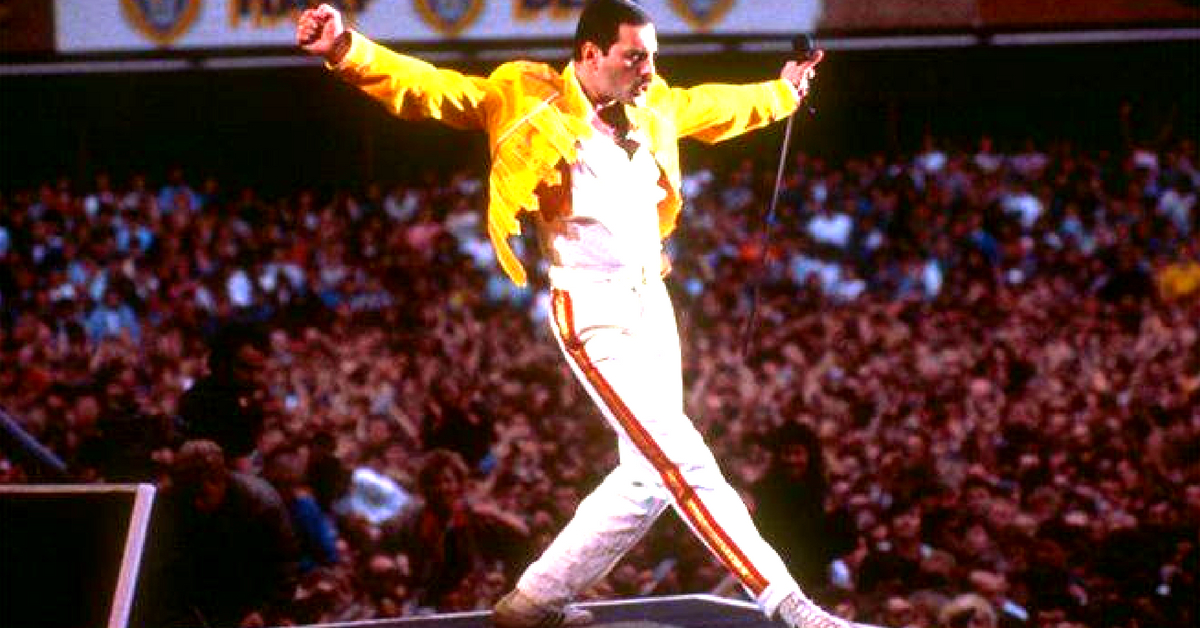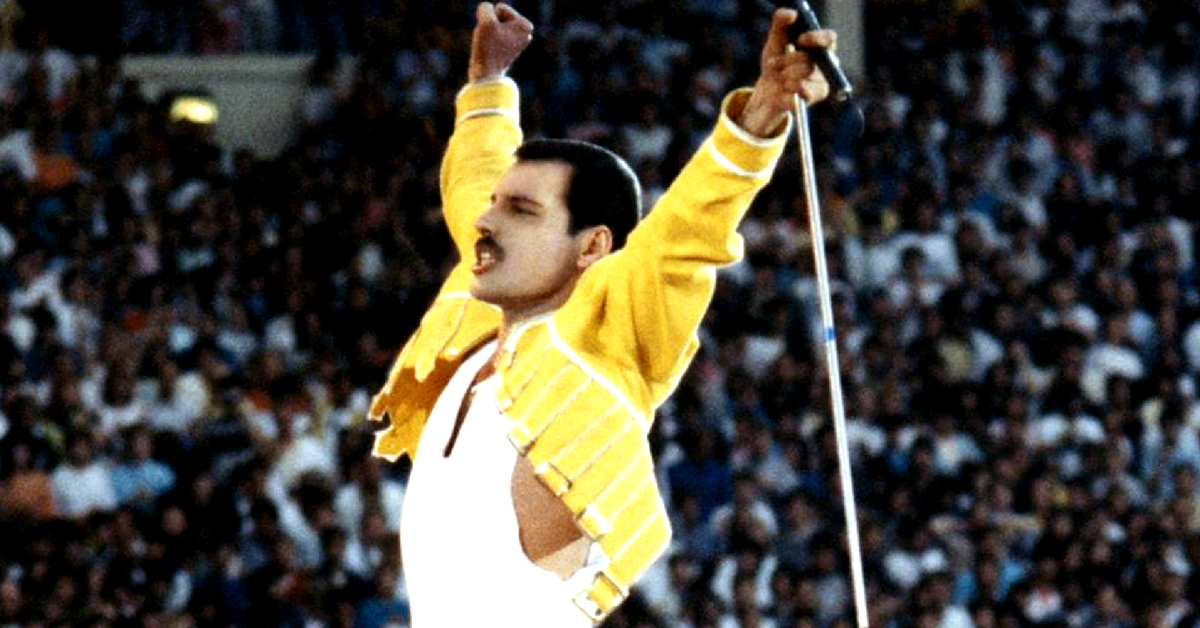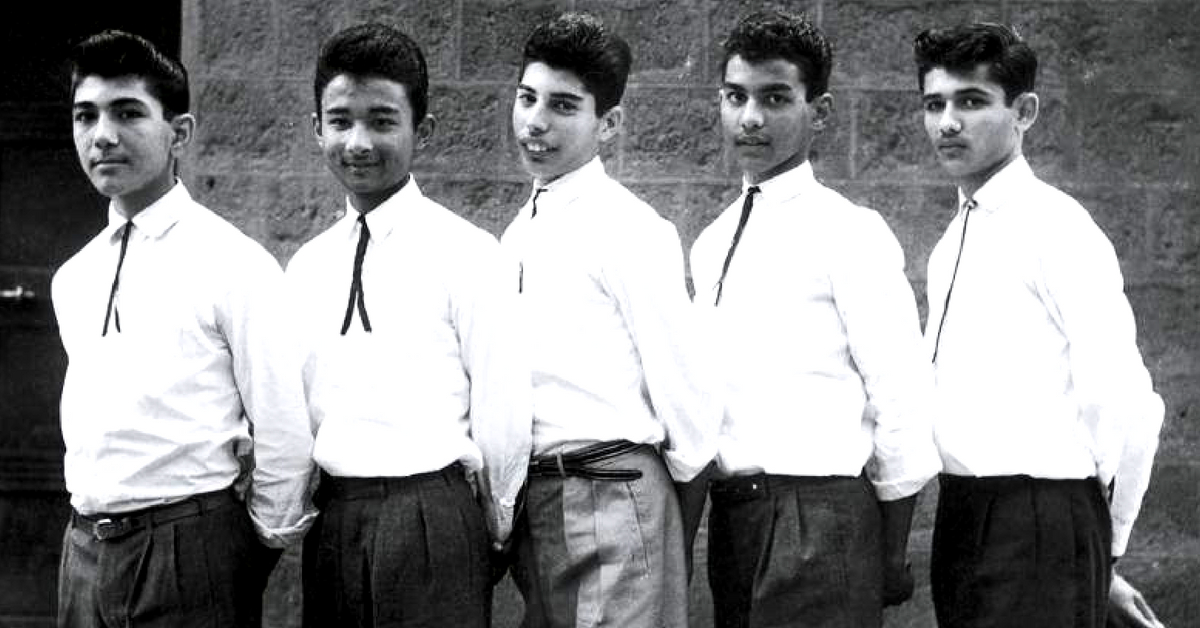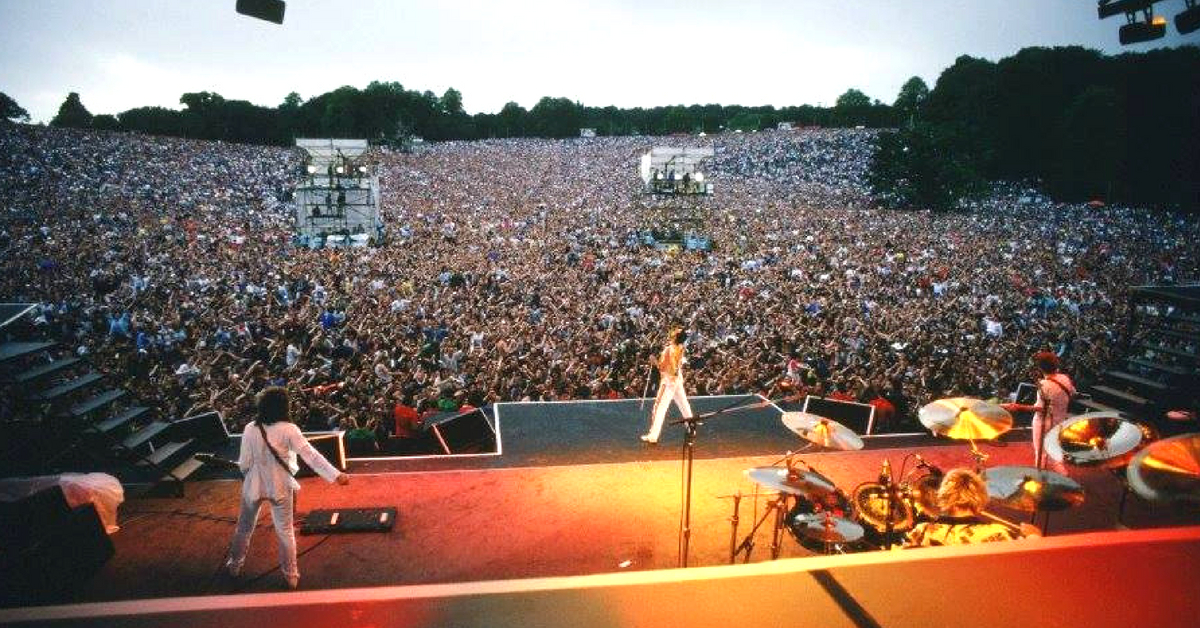How a Panchgani School Moulded the Rock Legend Called Freddie Mercury
Freddie Mercury is globally famous as the lead singer of Queen. During his formative years, he played in a band in a boarding school in Panchgani, Maharashtra.

Google ‘Greatest Rock Frontmen Of All Time’ and the search engine throws up an impressive line-up of legendary vocalists. From the enigmatic Robert Plant to the brooding Kurt Cobain, to the mercurial Axl Rose, or the iconic Steven Tyler.
There’s one name, and the only black-and-white photo on that list. That of Freddie Mercury, born Farrokh Bulsara on 5th September 1946, in Zanzibar.
Freddie was the lead vocalist of Queen, a band that has held stadium crowds in total awe.

There has always been an air of mystery about Mercury’s time in India. After all, the singer has many fans, all over the world. During his early days, Mercury shared a connection with our country. This was long before the silver sequin suit, and famous yellow jacket, or the trademark Adidas trainers. This was during a brief period spent in school, in Panchgani- a hill station in Maharashtra, known for its natural beauty. It was in this beautiful region, that Mercury spent his formative years, at the St Peter’s School.
The boarding school was home to a young Farrokh Bulsara, a shy introvert, who insisted on being called Freddie, rather than the cruel nickname ‘Bucky’, which kids conferred on him, due to his protruding teeth.

His school friends had only found out that Freddie Mercury was Farrokh Bulsara, a long time after the celebrated frontman died of AIDS-related pneumonia. One of his friends told Scroll that he had lost track of Freddie after school and had only realised who he was when someone gave him a magazine cutting of Mercury, which mentioned him and the school band, The Hectics.
The Hectic Days:-
The boarding school that young Farrokh Bulsara went to was known for being modelled on conservative British culture, which focussed on discipline. Proper etiquette was taught and encouraged. The authoritative atmosphere did nothing to deter Farrokh, as he had the uncanny ability to pick up tunes that he had just heard.
He had started singing in the school choir, and his talent was quickly spotted by a teacher, who asked his parents to sign the young lad up for music lessons, to nurture his talent.
Thus began a period of music, and Mercury’s many music teachers encouraged him. It was during the St Peter’s days that he was part of a school band started by Bruce Murray, called ‘The Hectics’.

The band covered Elvis, Cliff Richards, and Little Richards, and adopted the look of their idols, with thin trousers, pointy shoes, etc.
It was on a stage that the quiet Parsi boy would transform into a confident performer, as his mother told The Telegraph, UK.
Farrokh Bulsara’s family was based in Zanzibar, where his father worked as a cashier at the British Colonial Office. When Mercury turned 17, the family had to flee Zanzibar due to safety reasons. The 1964 revolution was causing the deaths of thousands of Arabs and Indians.
The move to England, and a headfirst dive into all things art and music:-
The Bulsaras moved to Middlesex, England, and Mercury enrolled at the Isleworth Polytechnic (now West Thames College), in West London, where he studied art. Farrokh Bulsara loved all things art, and suitably, earned a diploma in Art and Graphic Design at the Ealing Art College, now the Ealing Campus of the University of West London.
Freddie’s parents were like most folks, who wanted their son to have a secure job. Most of the family members were lawyers, or accountants, recalls his mother, Jer Bulsara, but her son insisted he wasn’t clever enough for generic professions and wanted to sing and play music. Freddie’s parents thought this was a phase, which he would abandon and return to studies, but it never happened.
Attending art school, was the education that he wanted, and he went on to finish his degree.
After graduation from art school, he joined a series of bands and at the same time, sold used clothes at Kensington Market, in London. He also briefly held a job at the Heathrow Airport.

Through the humdrum of day jobs, he continued his musical pursuits, and in 1969, had joined a Liverpool-based band called Ibex, which later came to be called Wreckage. During this period, he was living in a flat above The Dovedale Towers, a Liverpool pub. Ibex didn’t do very well, prompting Freddie to join a band called Sour Milk Tea, which broke up in early 1970.
It was during this period that Freddie joined guitarist Brian May, and drummer Roger Taylor, who had previously been in a band named Smile. Bassist John Deacon joined them in 1971. Mercury faced a lot of reservations from his band-mates, and Trident Studios, who initially managed the band, for choosing the band name “Queen”. The metamorphosis was complete, and Farrokh Bulsara was officially Freddie Mercury, having changed his last name.

Making use of his art school background, Mercury designed Queen’s logo and called it the Queen crest.
The rest, as they say, is history. Queen went on to become one of the biggest bands of the time and is revered today as a legend.

As recent as 2016, a research team undertook a study to figure out the appeal behind Mercury’s voice. Professor Christian Herbst led the team, which found that Mercury’s voice had a notably faster vibrato, and unique use of subharmonics, comparable to opera singers. He had a vocal range of just over three octaves.
Freddie Mercury died on the evening of November 24th, 1991, just around 24 hours after releasing a statement that he was suffering from AIDS and was tested HIV positive. According to Time Out Magazine, the wall outside his house, at Garden Lodge, Kensington, has become London’s biggest rock and roll shrine since his death. Fans regularly pour in to pay tributes to the legendary and flamboyant frontman.
You may also like: Interview: Meet Kabeer Shakya, the Founder of India’s First Buddhist Rock Band
Freddie Mercury and his band Queen are responsible for some of the most iconic moments in performance history. Queen’s Wembley Live Aid Concert is the stuff dreams are made of. Who knew, that a shy introvert whose voice had echoed through the corridors of St Peters, Panchgani, would one day hold stadium audiences in the palm of his hand.
(Edited by Shruti Singhal)
Like this story? Or have something to share? Write to us: [email protected], or connect with us on Facebook and Twitter.
NEW: Click here to get positive news on WhatsApp!

Similar Story

Kyani to Nirula’s: Artist Takes India Down Memory Lane with Sketches of Iconic Eateries
Aditya Raj from Jaipur visited an exhibition during his law school days and decided he would be an artist. Here’s his visual representation of a nostalgia trip with pictures of the most iconic eateries in India.
Read more >
If you found our stories insightful, informative, or even just enjoyable, we invite you to consider making a voluntary payment to support the work we do at The Better India. Your contribution helps us continue producing quality content that educates, inspires, and drives positive change.
Choose one of the payment options below for your contribution-
By paying for the stories you value, you directly contribute to sustaining our efforts focused on making a difference in the world. Together, let's ensure that impactful stories continue to be told and shared, enriching lives and communities alike.
Thank you for your support. Here are some frequently asked questions you might find helpful to know why you are contributing?


This story made me
-
97
-
121
-
89
-
167












